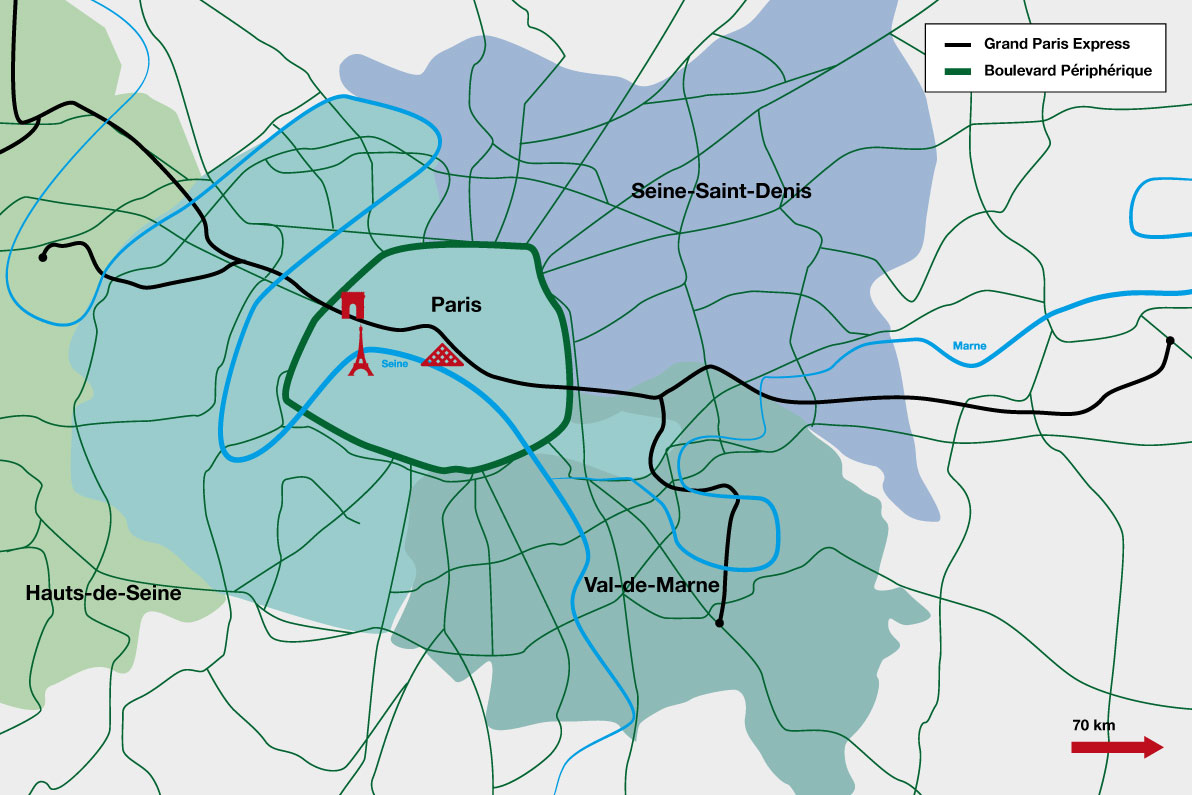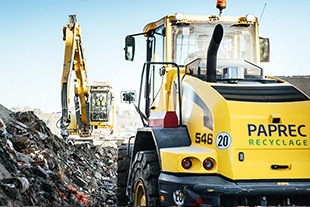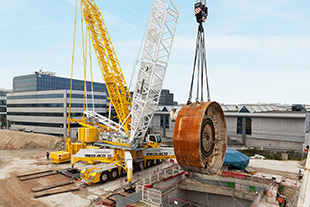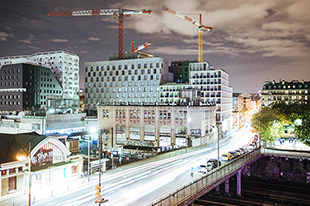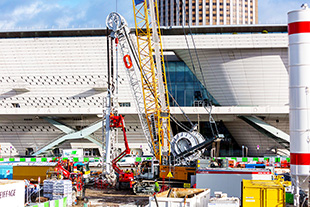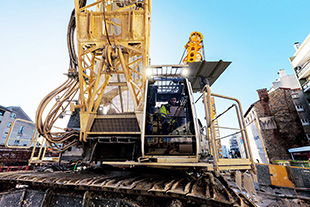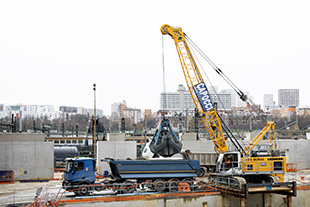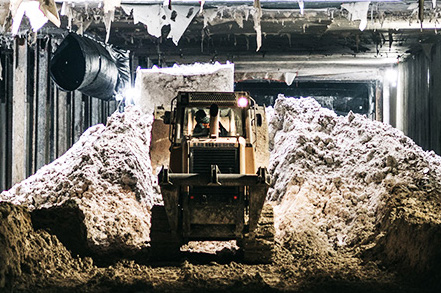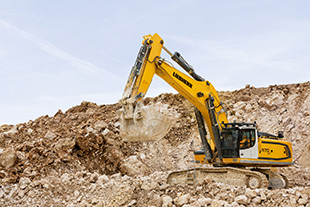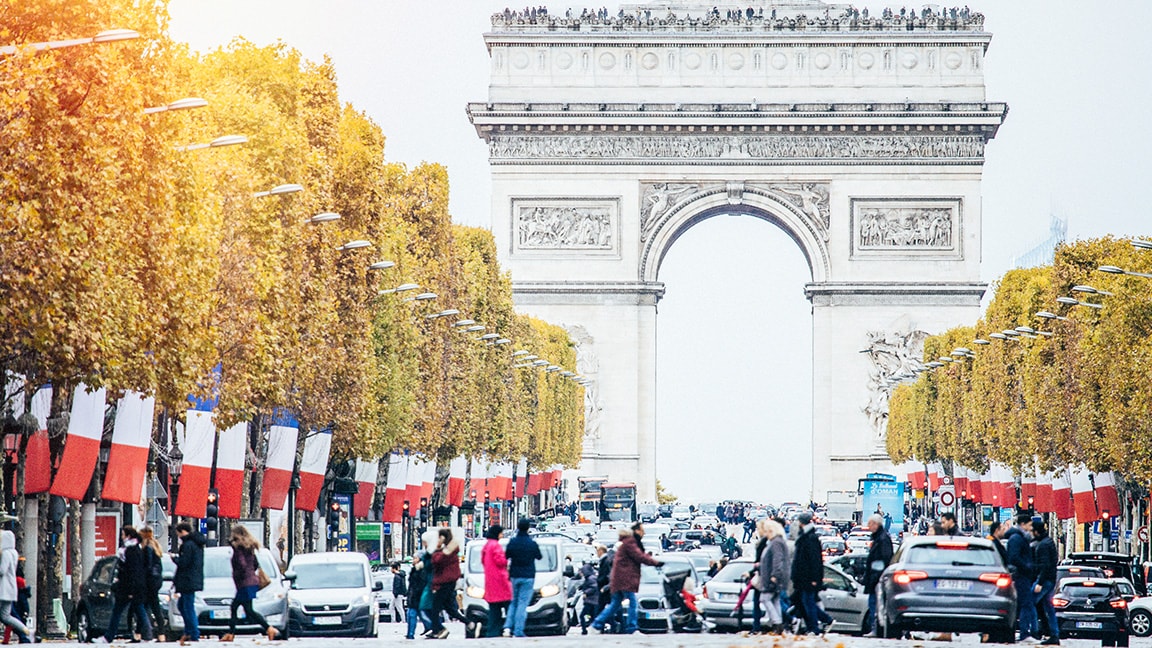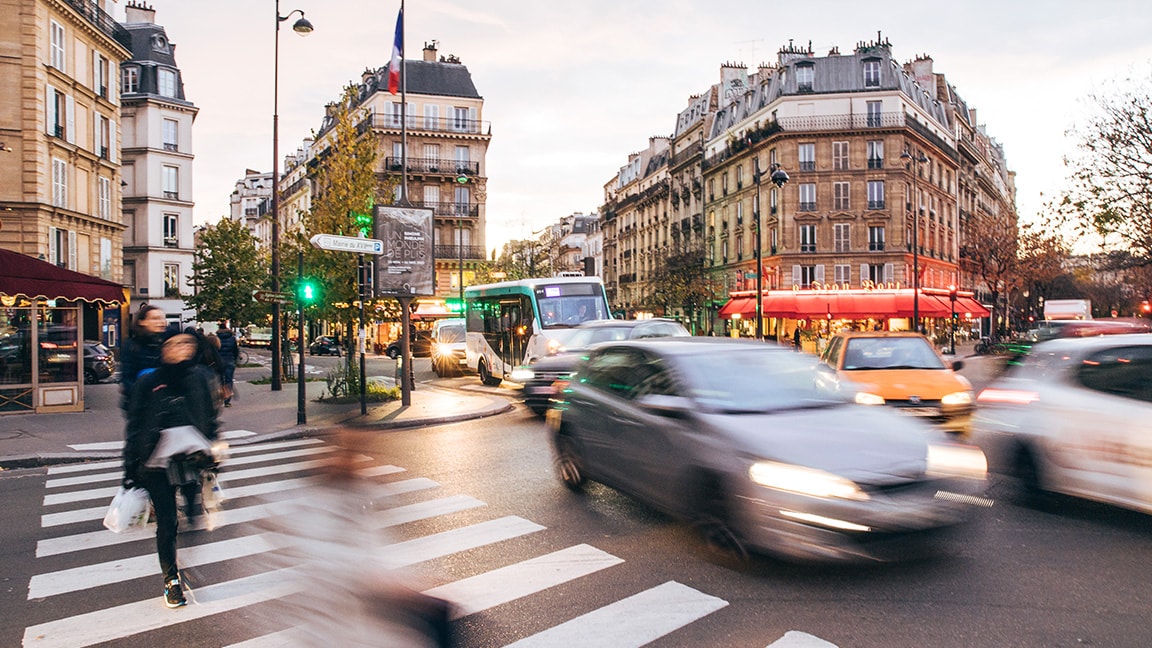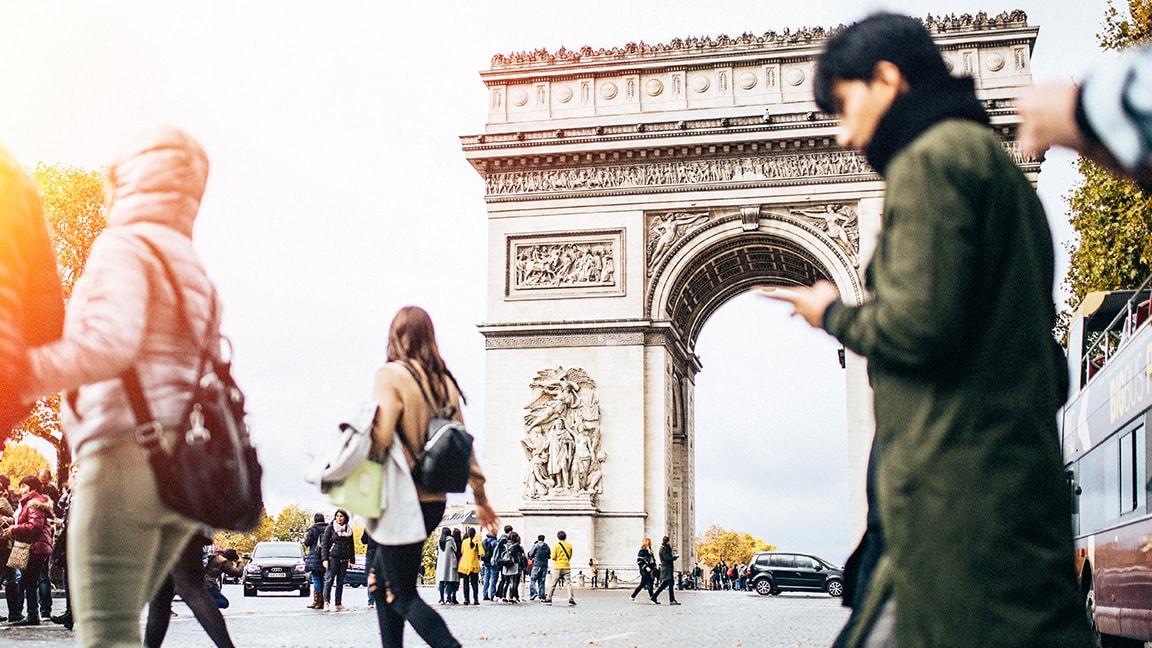Underground construction site – clearing the way for the new metro
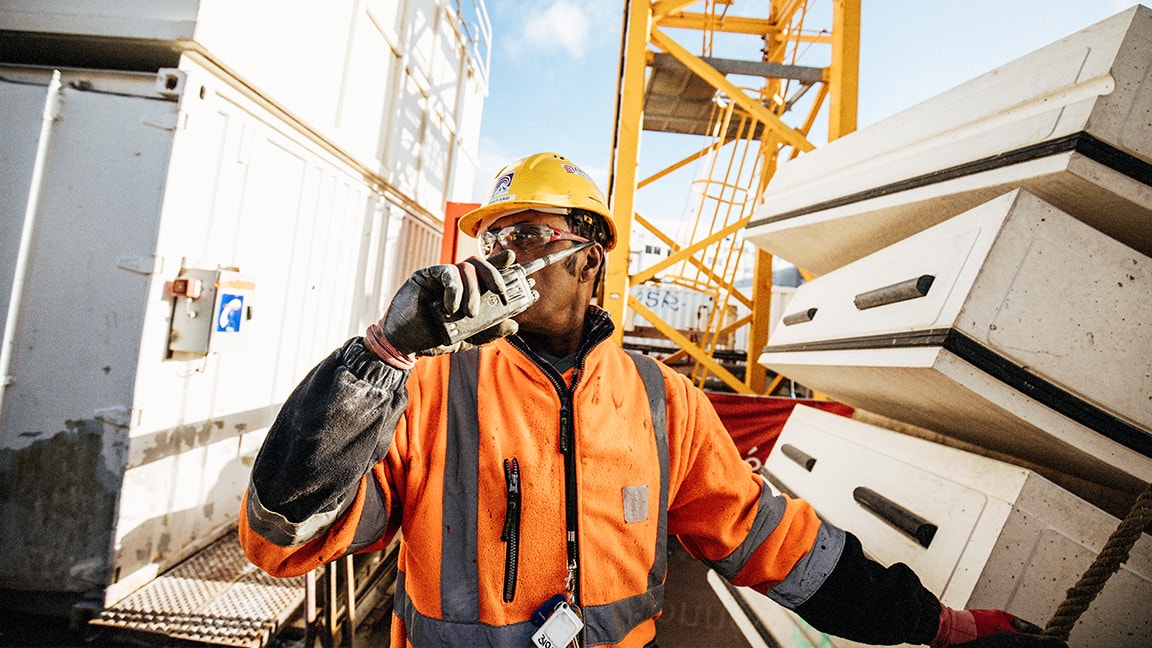
Everything is going to plan
Grand Paris also calls for organisation on an unprecedented scale. At the metro construction site in the Batignolles district of Paris, continuous communication is key.
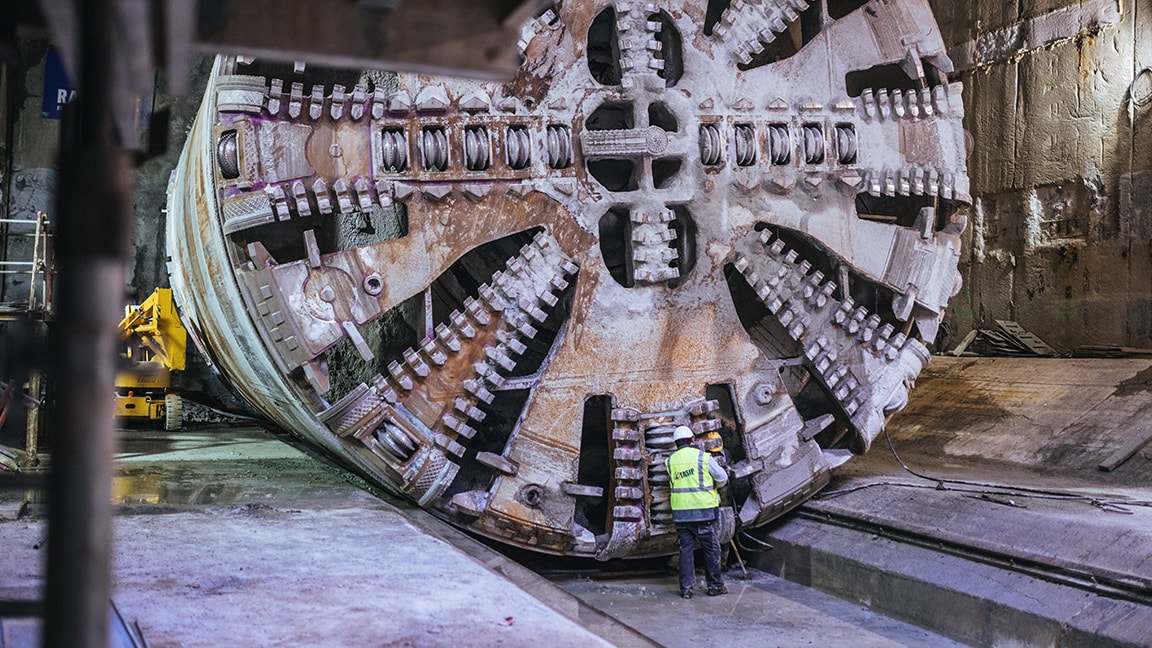
Maximum power for the tubes
Beneath the streets of Paris, there are giants at work. Tunnel-boring machines are burrowing through the ground and opening up the way for new metro lines.
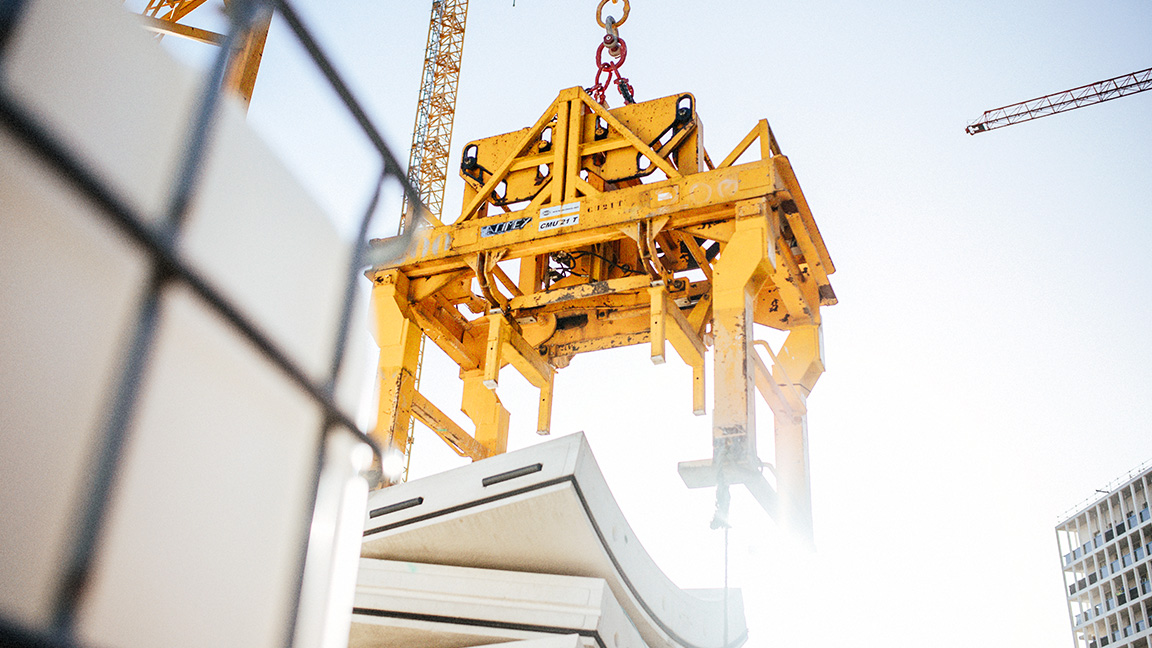
Reaching for perfection
Storing the prefabricated concrete components for lining the metro tunnel at the constricted inner-city construction site and making them available at the right time requires intelligent planning.
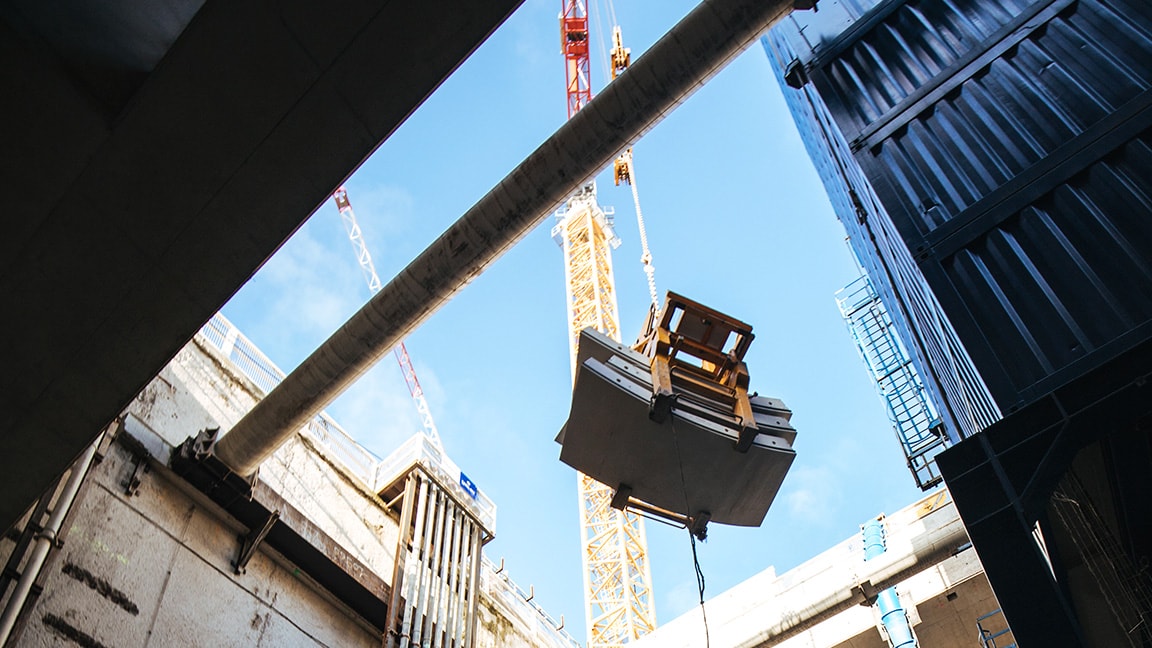
Down into the depths
Lowering the concrete shells into the metro shaft calls for a high degree of dexterity and experience on the part of the crane drivers. Space is tight down there. There is scarcely any scope for correcting manoeuvres.
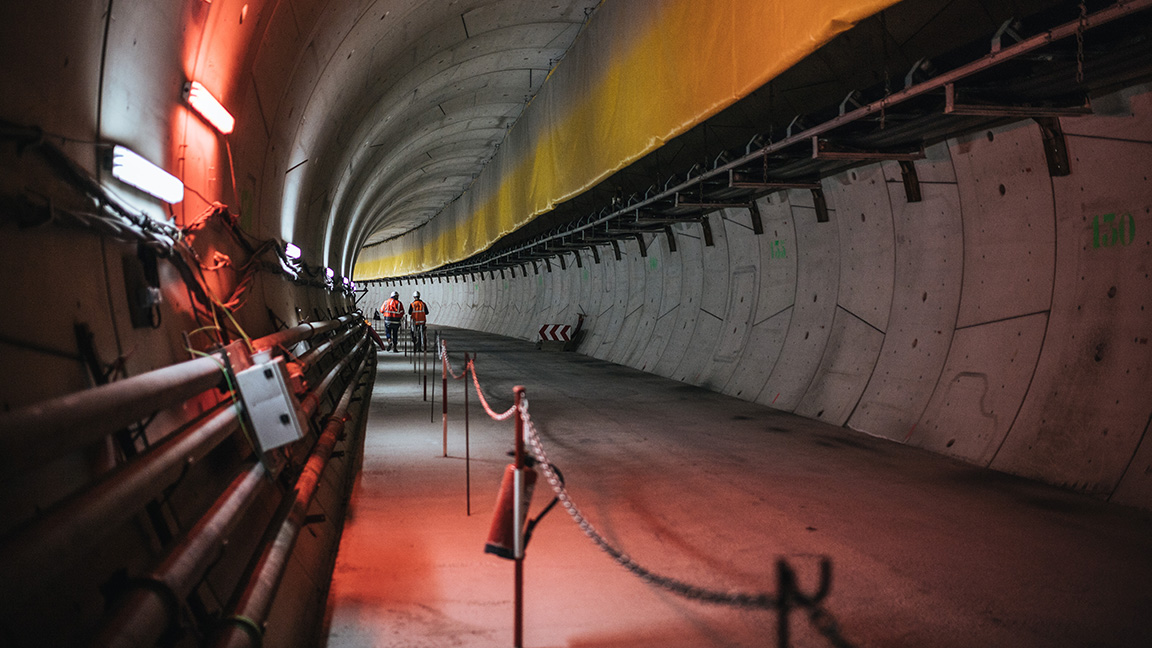
A seemingly endless tunnel
After the giants beneath the ground are gone, the tunnel with its sparse lighting seems endless.




